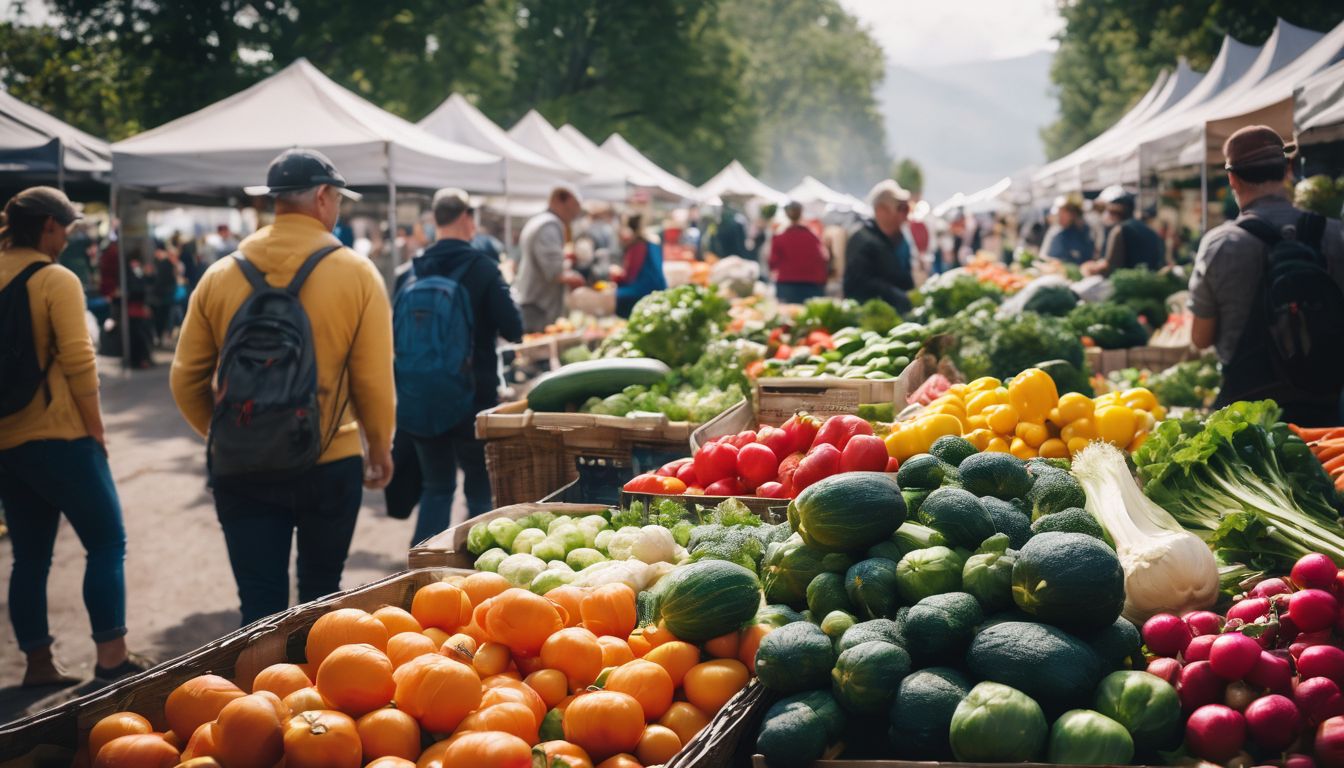Bamboo is one of those plants that people seem to either love or hate. There are over 1,400 species of the grass around the world—900 species are tropical while 500 seek temperate climates. Over 80% of the world’s bamboo is located in Asia, with another 10% in both Africa and the Americas. Bamboo’s claim to fame is definitely its speed of growth and persistence, as it is recognized as the world’s fastest growing plant. Under optimal conditions, the plant can grow at an astounding three feet per day, and certain species may grow up to 150 feet tall. Due to its abundance and hardiness, people utilize bamboo in an incredible number of ways. Some hail it as a miracle plant for its beneficial uses in food, construction, ecological habitats, medicine, and textiles. However, one person’s panacea is another’s plight, and bamboo is recognized as an climate change.
Bamboo Cultivation: Bamboo is astounding because of its ability to grow very quickly with little water and its ability to thrive without the use of herbicides or pesticides. It also promotes economic development in Africa, Asia, and Latin America: “it helps support the livelihoods of more than 1.5 billion people, [and] generates more than five billion dollars in annual trade.” Groups are presently working on a certification system to ensure that bamboo comes from a “sustainable” plantation, i.e. one which allows other species to thrive. Bamboo can grow out of control quickly and if growers are not careful, bamboo has the potential to become a large monoculture crop taking up vast tracts of land. This form of agriculture is known to be one of the largest destroyers of biodiversity, which is why a sustainable certification process is important.
Bamboo’s Use in Construction: Bamboo is remarkably strong and light, especially when compared to other commonly used building materials such as steel. As a result, it is popularly used in home construction, fences, fishing poles, cutting boards, boats, water wheels, weaponry, and bridges. It even holds up in earthquakes, “in Limon, Costa Rica, only bamboo houses…stood after their violent earthquake in 1992.” Due to its strength, light weight, and flexibility, bamboo structures “dance” in earthquakes. It has also become increasingly popular for flooring. Since bamboo is ready to harvest in 5-6 years and immediately starts growing back after it is cut down, there are obvious advantages to this plant over conventional trees. Bamboo can also be very hard, depending on the species and age, so flooring made from the bamboo plant does not scratch easily. If immature bamboo is used, it can warp or scratch more easily, so like all purchases, it is important to know where your bamboo is coming from and purchase only from a reputable vendor.
The other downside of bamboo is shipping, commonly referred to as the product’s “carbon footprint.” If you are building with wood harvested from local trees, this may be preferable to building with bamboo, which is most likely shipped across the ocean. Carbon dioxide (CO2) emissions from the shipping industry are a rising concern, generating twice as many CO2 emissions as airlines. This is definitely a factor to consider when evaluating which floor is “greenest.” If possible, look for companies that offset their shipping emissions.
Bamboo-Based Textiles: For the most part, I am very impressed with bamboo. Other than being an greenwashing” where companies try to capitalize from the trendiness of buying green. Do not fall for this trap. Not all bamboo clothing is bad, but this is a serious issue and you should exert caution before you buy clothing “made of” bamboo.
Bamboo versus cotton: The rayon, lying, and greenwashing aside, bamboo can still make good clothing, and you may want to buy some. When it comes right down to it, what is worse, bamboo or cotton? Despite the bad rap I just gave bamboo, industrial cotton is pretty nasty stuff. Growing cotton uses 22.5% of all insecticides applied worldwide, and can use around 250 gallons of water per t-shirt, not to mention the bleaches and chemicals used during the manufacturing process. However, in the cotton world, the word “organic” can go a long way, drastically improving the sustainability of your clothing. Unfortunately, the same cannot be said about bamboo textiles. Many companies are claiming their bamboo is organic due to its pre-manufactured growth, but once it is manufactured into rayon this organic standard is blatantly ignored. It does not seem right to label this fabric “organic” when rayon is so bad for the environment, and the FTC seems to agree. In my opnion, organic cotton is the way to go. However, if you want a cheaper shirt that feels great and is still better than regular cotton, then go ahead a grab the bamboo—just make sure the manufacturer is certified and uses a “closed loop process” which means that chemicals are reused and are never released into the environment.
Bamboo and the environment: Just because humans can take a plant and manufacturer it until it is bad for the environment, does not mean the plant is bad on its own. Bamboo actually offers critical habitat for many species of birds, insects, mammals, and even other plants, providing shade, nutrient recycling, and water storage. The Giant Panda is best known for its consumption of bamboo, but other vulnerable species, such as Mountain Gorillas, Bongos, Tapirs, Lemurs, and Red Pandas, also rely on the grass. Thanks to its remarkable net-like root system, bamboo is also great at reducing soil runoff and preventing erosion. Also, topsoil is not altered when bamboo is harvested because the plant does not die. Furthermore, bamboo appears to have several advantages over trees in terms of sustainability and carbon sequestration. Under strict harvesting management (bamboo should be harvested around every 10 years), bamboo sequesters as much or more CO2 when compared to the “fast growing Chinese Fir.” These conclusions are particularly significant because of bamboo’s ability to be harvested sustainable at a 15-20% rate every year, without damaging the environment or its productivity. If the harvested product can hold carbon for decades to come (in flooring or home construction), then bamboo presents clear benefits in its ability to sequester CO2 and combat climate change.
Final Bamboo Thoughts: Sustainability aside, bamboo is a remarkable plant. Its speed of growth and strength are admirable, and its ability to thrive with little care is incredible. For that reason, be wary of your surrounding environment before plating bamboo, because it can easily push out other species, and is known to be invasive in North America. Concerning applicability, there are tradeoffs with every material, however, the most important thing to know is how your product made it to you for purchase. Trust the company you buy products from, and be aware of the shipping emissions associated with your purchases. Do not be fooled when a company claims its product is 100% organic bamboo, and make sure it is not really made of rayon. Bamboo can be sustainable, but there can sometimes be too much even of a good thing. If we can responsibly manage bamboo, ensuring that it does not harm other species or biodiversity, then it will benefit both our society and our environment.




